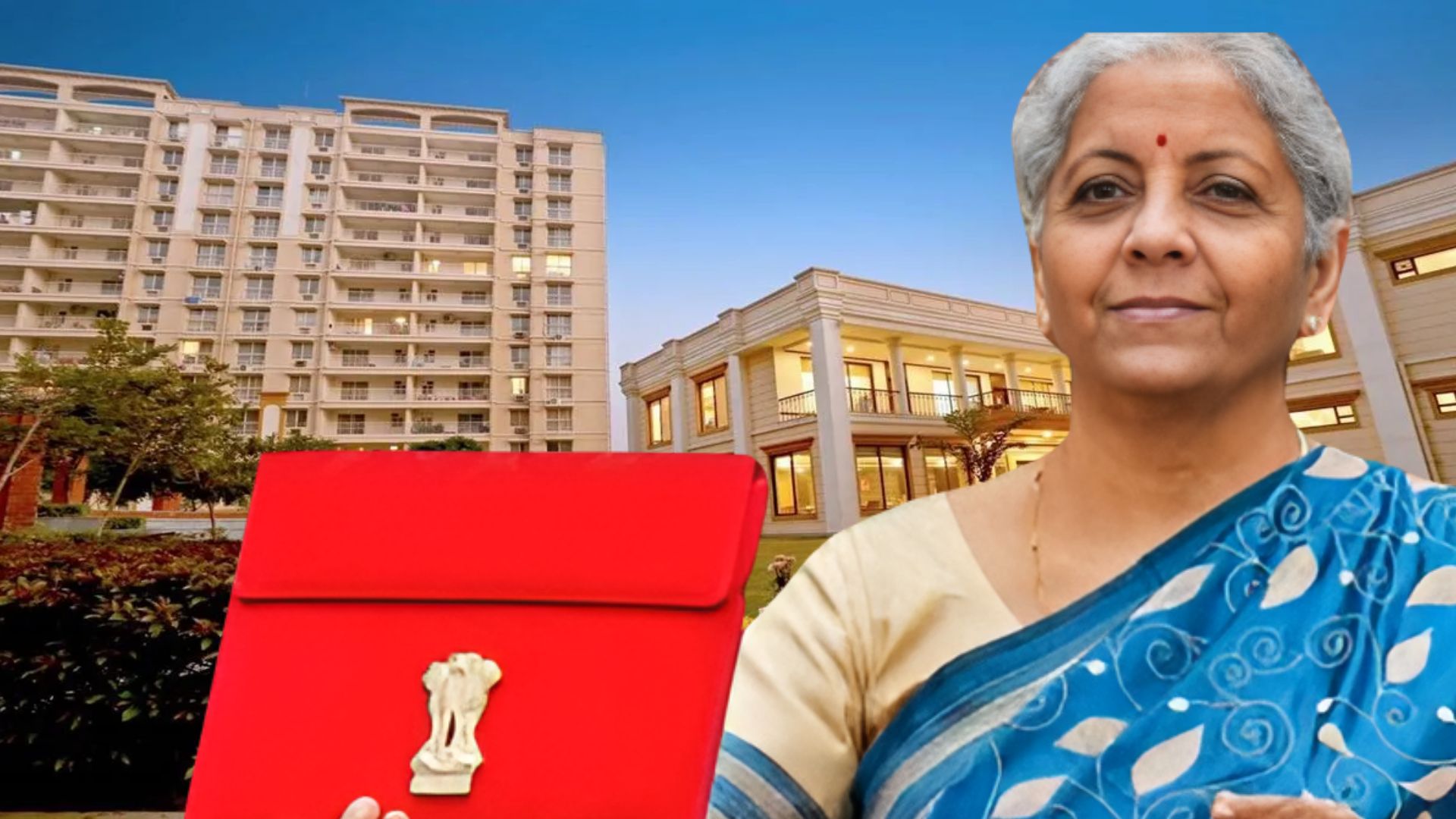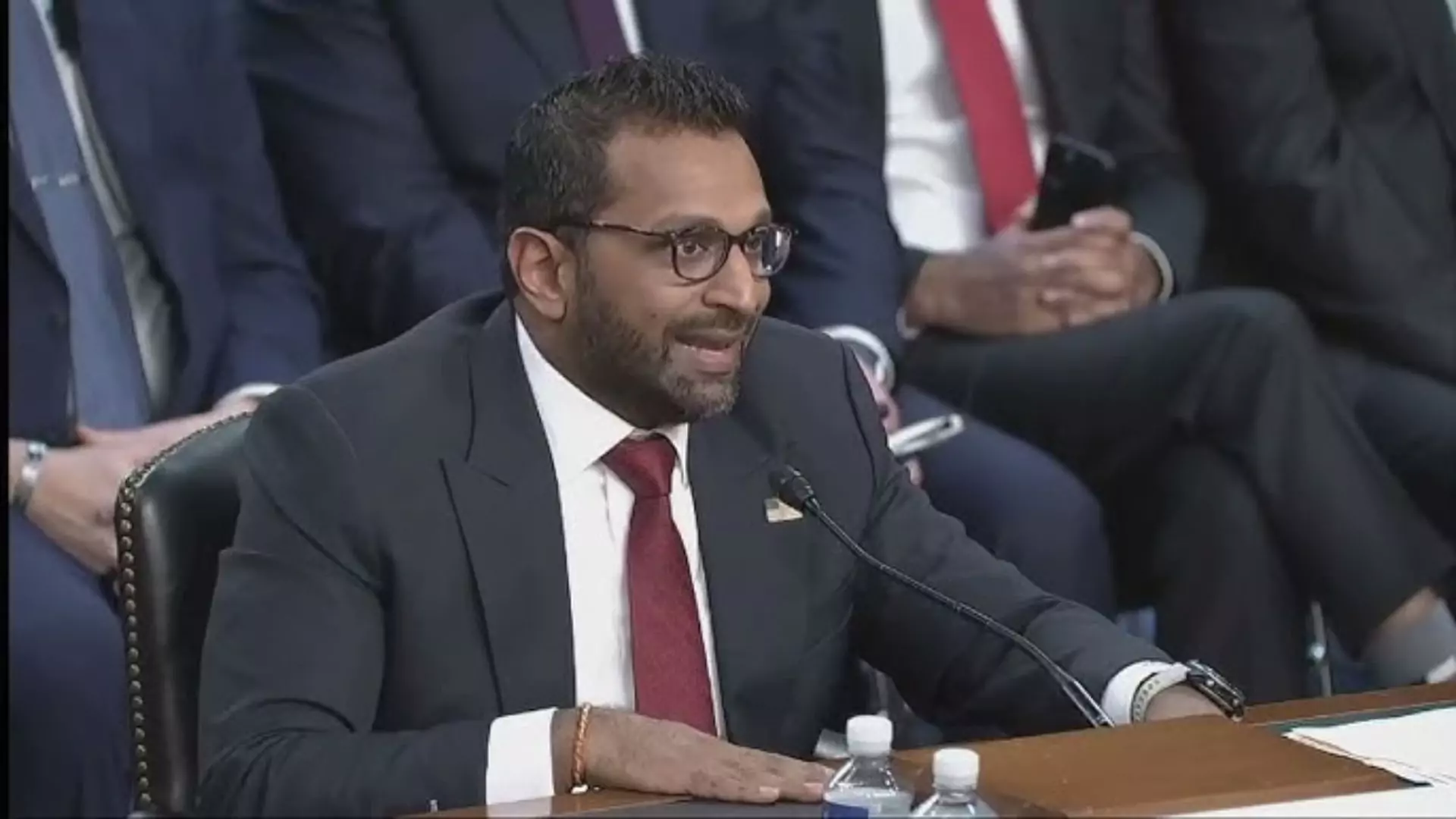He said, that the 2024 Union Budget has taken off from where we left off, reaffirming India’s status as one of the fastest-growing nations in the world. Heeranandani remarked that the budget reflects positive developments noted over the past five years, with a clear focus on investment, employment, skill enhancement, and sectoral improvements.
Real Estate Sector
In the real estate sector, the budget allocates ₹11 lakh crore. For affordable housing, urban areas are set to receive ₹1 crore, while rural areas will get ₹2 crore. Affordable housing has seen some setbacks recently, particularly due to higher interest rates, which have risen from 6.5% two and a half years ago to 8.7% now, making housing less affordable.
Focus on Skilling Youth
Another major focus is on skilling the youth. Heeranandani drew an analogy with the past, noting that 20 years ago, when he needed 100 skilled workers, he would receive 500. Today, if he requires 100 skilled workers, he might only get 20. This shift highlights the urgent need for improved skill development.
Other Key Factors in Real Estate
Affordable Housing Dr. Samantak Das from JLL noted that the budget supports affordable housing with a major allocation of ₹10 lakh crore for three crore additional homes under PMAY. This should give a much-needed boost to the affordable housing sector, which has been struggling.
Infrastructure and Manufacturing The budget also focuses on infrastructure development, including setting up industrial parks and improving vegetable supply chains near cities. These new parks in 100 cities aim to strengthen the manufacturing sector and increase its share in the country’s GDP.
Land and Property Registration While there are plans for better land registration through GIS mapping and a push for a transparent rental market, no specific solutions were provided. The move is positive but needs further details and action.
Real Estate and Allied Sectors Badal Yagnik from Colliers India highlighted that housing remains a priority, with ₹10 lakh crore allocated for PMAY. This investment will drive construction and benefit related sectors. PPP financing and Viability Gap Funding for rental housing are expected to help the poor while easing the government’s financial load. Rationalizing stamp duty and tax benefits for women homebuyers should boost the real estate market, especially in major cities. Additionally, new infrastructure projects and changes in tax slabs are likely to increase disposable income and real estate investment.
To further support the real estate sector, the government has directed states to reduce stamp duties, which is expected to ease the burden on property buyers and investors.
Vision for Skilled Labor
Heeranandani emphasized that if all the listed goals are achieved, India’s GDP could reach double digits. He also highlighted the need for a strong push from the private sector to meet the vision for skilled labor.
He suggested that every contractor and builder should become a training center at their level, with certifications provided by a designated authority. This approach would ensure that training is standardized and effective, ultimately enhancing the quality of skilled labor available in the market.























